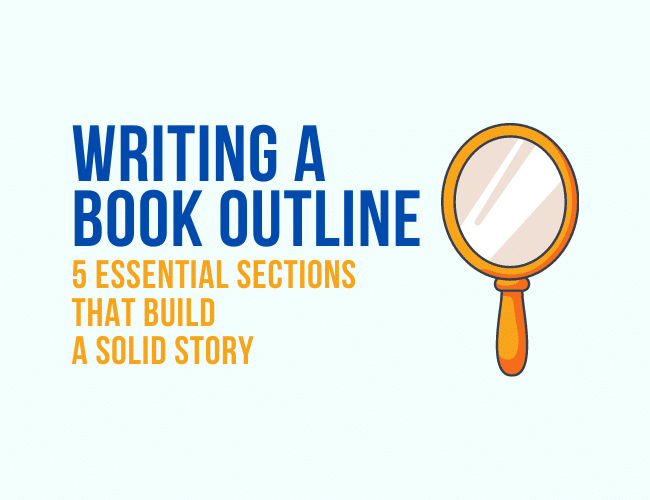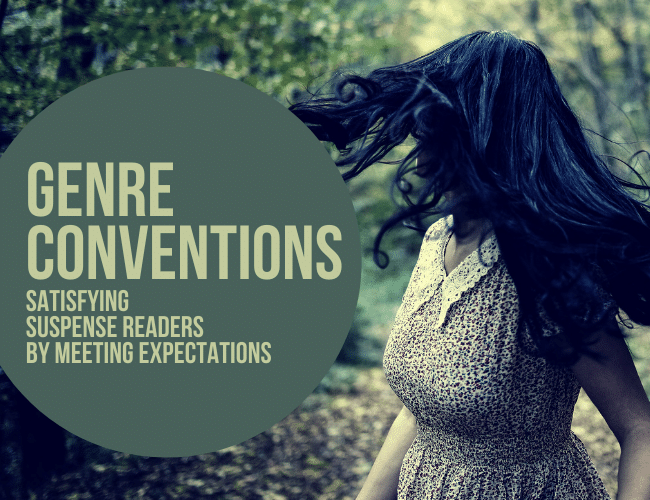
by Joslyn Chase |
When you sit down with a book, are you hoping for a particular type of story experience? This is a common desire, since readers—know it or not—are drawn towards specific genres and genre conventions.
From a writer’s perspective, knowing these genre “flavors” and how to create them to satisfy reader expectations is key to writing stories that will keep readers coming back.
In addition, understanding the genre conventions and obligatory scenes helps you push yourself farther and reach higher to innovate and twist what’s been done before, astonishing readers…and even yourself!
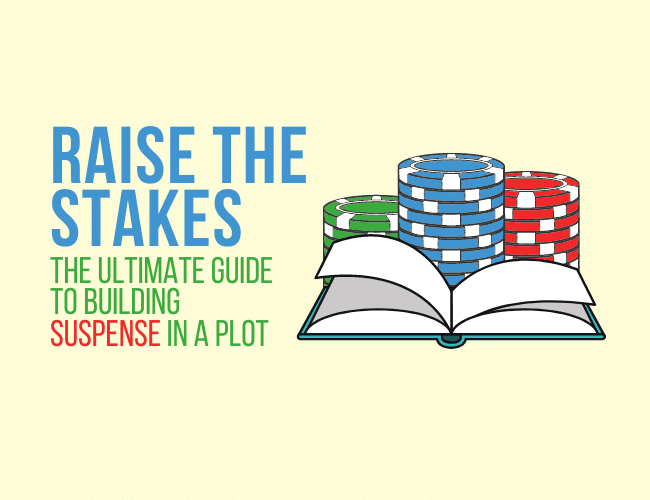
by Joslyn Chase |
As a writer, you know building a foundation for your story, like a hook and sympathetic character, will allow you to grab readers right out of the starting gate. But once you’ve done this, do you know how to raise the stakes?
While a high stakes beginning grabs readers, it will only excite you and your reader for a few scenes. Without elevating stakes, your reader’s excitement about the plot will wear off if nothing bigger happens. Any interest in your story as a whole will flatten.
It’s human nature. We become inured. But you can avoid this happening by making the path of your book less like that flatland racetrack, and more like a jagged mountain range. With ups, downs, and an overall rise to the finish.
In this article, the word of the day is “stakes.”
As your story’s conflict progresses, the risks to your main character must intensify, keeping the reader invested in turning pages to find out what happens. Once you’ve laid the foundation for high suspense and captured your reader’s attention, you need to up the ante. Similar to the stakes of a hand of poker.
Finding ways to do this is not always easy, but when you put forth the effort, the results can be spectacular!
And there are practical strategies and tips you can use to do this.
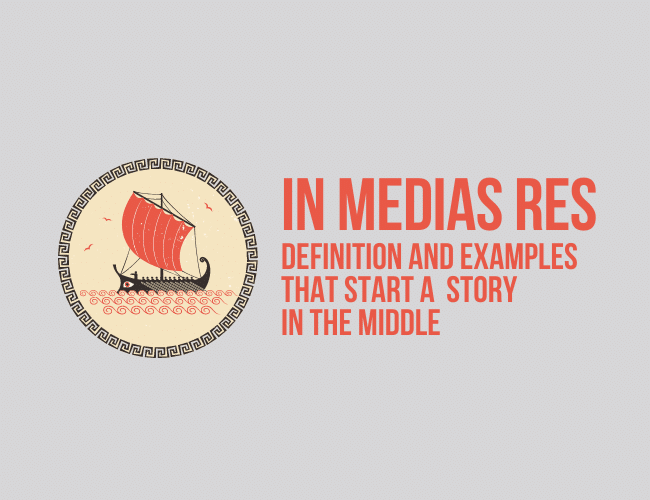
by Liz Bureman |
Beginning writers often start stories with a ringing alarm clock, following the protagonist’s daily routine. But what if there’s a better place to begin the story? One that will hook your reader and keep them turning the page? Ancient storytellers understood the power of beginning in medias res. Let’s find out what it is and how you can use it for your story today.
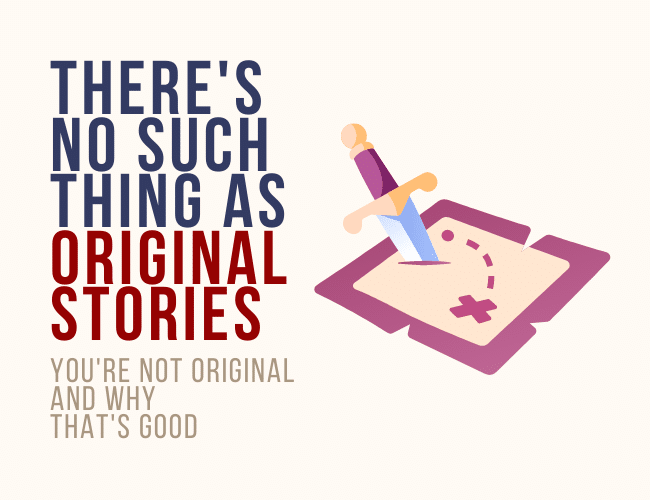
by J. D. Edwin |
Have you ever heard that there are no original stories? As a writer, did this turn your stomach or make you angry?
Although the idea that there are no original stories sounds upsetting, especially for writers, the truth is that every story follows the rule (most likely) of “same, but different.”
That’s a good thing!
If stories were completely original, it would be hard to know if there was a readership interested in them. We want stories that are unique, but that also follow the same conventions and tropes of certain types of stories that we’ve read or seen before.
Doing this means that your story will impact your ideal readers, and here’s why.
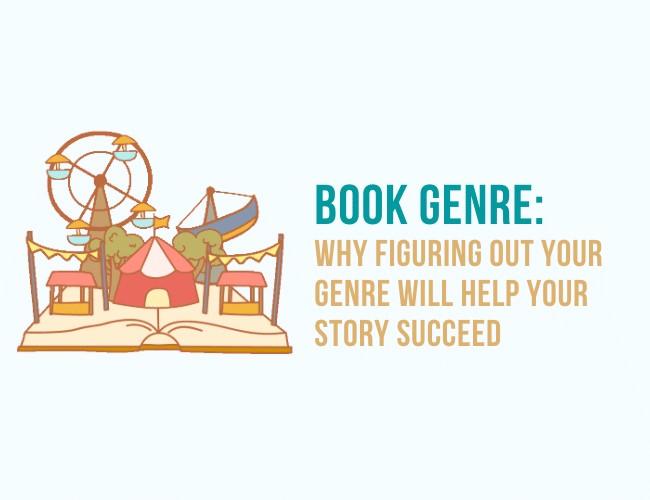
by Joslyn Chase |
You’ve worked long and hard on that book, and it’s finally finished! Now what?
It’s time to identify your book genre (if you haven’t already) so you can better place and market your story.
Understanding genre is one of the most important details you need to market and identify your book. Here are some key ideas needed to figure it out.



